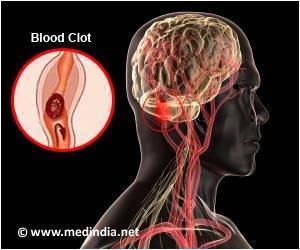A new method to analyze big data that better predicts outcomes in health care, politics and other fields has been developed by researchers.

‘A new measure called the influence score, or I-score, to better measure a variable's ability to predict has been discovered by researchers.’





The study appears this week in the journal Proceedings of the National Academy of Sciences. In previous studies, the researchers showed that significant variables might not be predictive and that good predictors might not appear statistically significant. This posed an important question: how can we find highly predictive variables if not through a guideline of statistical significance?
In an effort to reduce the error rate with currently used methods, the researchers proposed a new measure called the influence score, or I-score, to better measure a variable's ability to predict. They found that the I-score is effective in differentiating between noisy and predictive variables in big data and can significantly improve the prediction rate.
For example, the I-score improved the prediction rate in breast cancer data from 70% to 92%. The I-score can be applied in a variety of fields, including terrorism, civil war, elections and financial markets.
"The practical implications are what drove the project, so they're quite broad," says lead author Adeline Lo, a postdoctoral researcher in Princeton's Department of Politics. "Essentially anytime you might be interested in predicting and identifying highly predictive variables, you might have something to gain by conducting variable selection through a statistic like the I-score, which is related to variable predictivity. That the I-score fares especially well in high dimensional data and with many complex interactions between variables is an extra boon for the researcher or policy expert interested in predicting something with large dimensional data."
Advertisement












